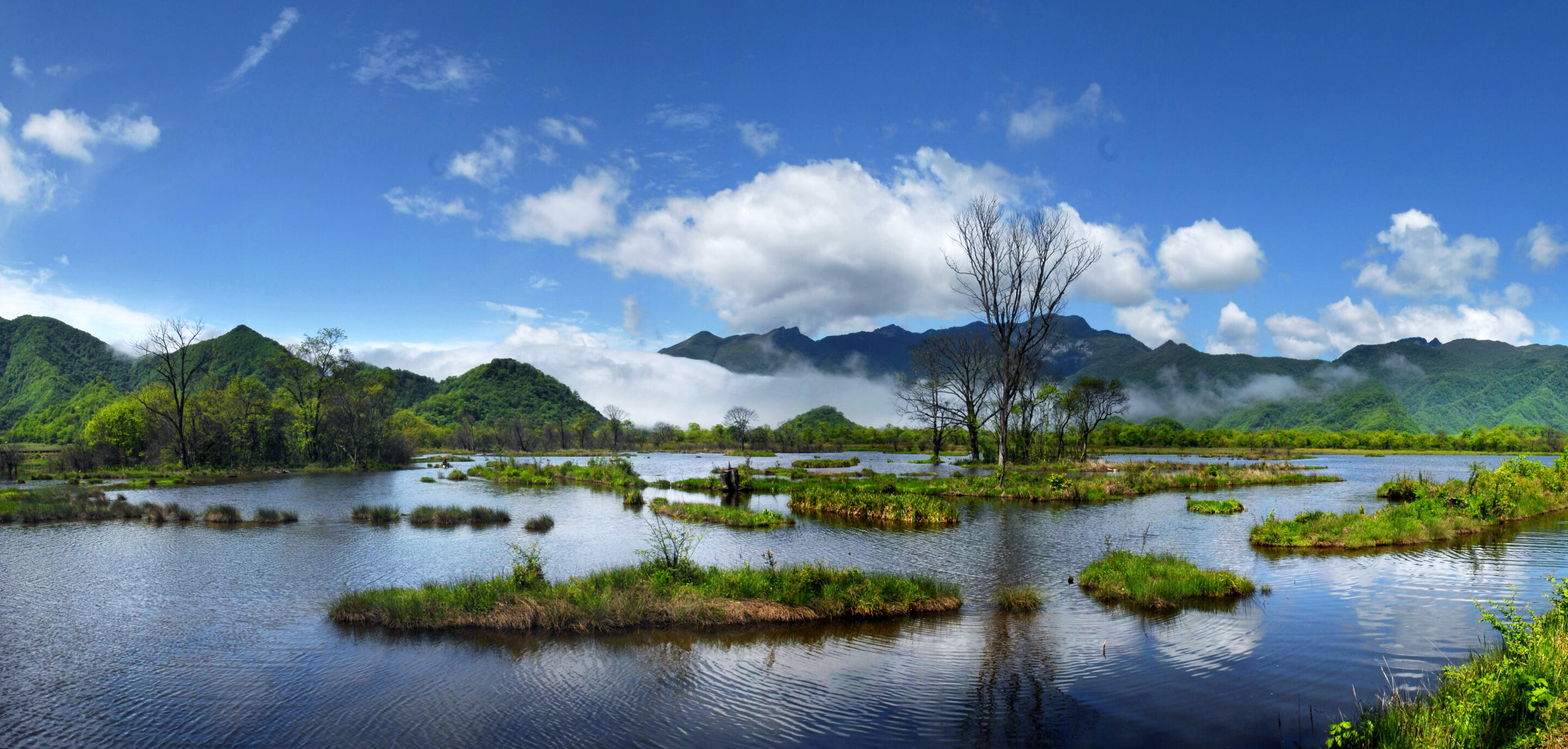
Rising Methane Emissions from Tropical Wetlands: The Next Climate Ticking Bomb
Rising Methane Emissions from Tropical Wetlands: The Next Climate Ticking Bomb
Morris Morrison
Published 1 mo ago
The Issue at a Glance
Tropical wetlands — like those in the Amazon, Congo Basin, Southeast Asia — traditionally act as massive carbon sinks, storing organic carbon in soil and plant matter. However, warming climate conditions and altered rainfall patterns are now accelerating decomposition in these ecosystems, causing them to emit more methane, a greenhouse gas far more potent than carbon dioxide over short timescales. This increase threatens to erode climate progress globally. Reuters
What Recent Studies Are Saying
-
From 2020 to 2022, methane emissions from tropical wetlands surged to levels higher than anything reliably measured in past decades. Reuters
-
Much of this increase was not accounted for in many national emissions inventories, meaning many climate models are underestimating future warming risks. Reuters
-
The cause appears to be a combination of warmer temperatures (which accelerate microbial breakdown in wet soils), changes in rainfall/flooding patterns, and in some regions, degradation of wetlands (e.g. drainage, deforestation). Reuters
Impacts We Need to Watch
-
Global warming feedback loops: Methane released from wetlands could speed up warming, which in turn causes more emissions — a reinforcing loop.
-
Ecosystem damage: As wetlands dry or flood irregularly, plants and animals dependent on stable water conditions become stressed; biodiversity loss is a risk.
-
Local human impacts: Many communities rely on wetlands for freshwater, food, and ecosystem services. Changes can degrade water sources, increase flood/drought risk.
-
Policy gap: Because many emissions aren’t “officially” counted, governments may be under‐prepared in mitigation strategies and adaptation plans.
What Can Be Done
-
Improve monitoring & reporting
Satellites, ground sensors, and field studies need to better track wetland methane emissions. National and international climate inventory systems should include these emissions. -
Protect and restore wetlands
Stop draining, deforesting, or otherwise degrading wetlands. Support conservation of natural wetland areas. -
Adaptive water management
Maintain stable water levels and prevent drying/flooding extremes. For example, regulating upstream water usage, forest cover, and limiting conversion of wetland land for agriculture. -
Incorporate into climate & land-use policy
National climate plans (NDCs), environmental regulations, and land use policies must explicitly account for wetland emissions and conservation. -
Local community engagement
Communities living near or in wetland areas must be part of policy design, monitoring, and restoration efforts. Their traditional knowledge and dependence on wetlands make them key stakeholders.
Why It Matters for m-Seedly & East Africa
Even if your audience is in East Africa, this issue is relevant because:
-
We have large wetland areas (e.g. the Kakamega, Yala, Tana River delta, Lake Victoria basin) that may behave similarly under warming/stress.
-
Changes in global methane emissions affect global climate, which translates to local effects (more frequent heatwaves, threats to agriculture, water stress).
-
There may be underreported emissions locally — so local scientific/NGO work could help fill gaps and influence policy.
Key Takeaway
Tropical wetlands, once seen as stable carbon sinks, are becoming surprising sources of methane under climate stress. Unless we improve monitoring, protect these ecosystems, and adapt policies, we risk losing a crucial buffer in the climate system. Acting now isn’t just ideal — it’s urgent.
Share this article
About the Author
Morris Morrison
Writer and software engineer passionate about technology, innovation, and sustainability. He explores how emerging trends—from climate resilience to disruptive tech—are shaping the future of our planet and society. Through his …

About that